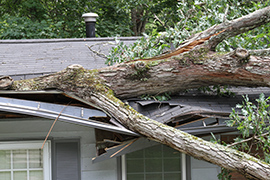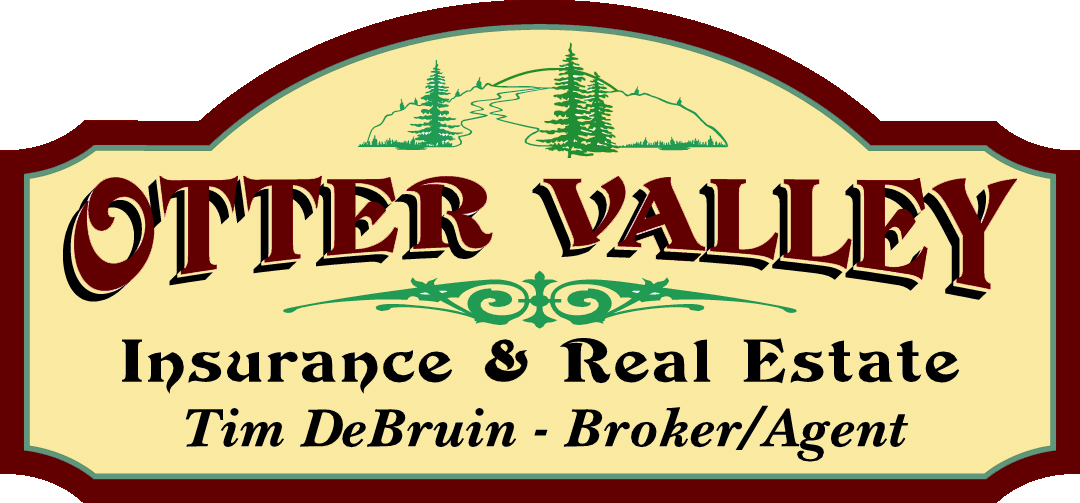
Like any industry, insurance has some terminology all its own. When people in the business talk about insurance, they usually use two important terms: “Peril” and “Risk.”
Perils are the possible causes of a loss: fire, windstorm, hail, theft and vandalism are examples of some perils. Risk is the chance of loss.
Another important point to understand is there are usually two ways a claim for a loss to your property can be settled. They’re referred to as “Actual Cash Value” and “Replacement Cost.”
If your policy pays Actual Cash Value, in many states this means that in the event of a covered loss, you’ll be paid the current replacement cost of whatever you lost, minus depreciation (which generally includes the estimated wear and tear on the item damaged or the loss in value of that item because of aging and use). The total amount you’d be paid would be subject to the terms of your particular policy, including applicable coverage limits (a term described in detail below).
If you have Replacement Cost Coverage, in the event of a covered loss, you may be reimbursed for the cost you incur to replace the damaged property with similar property, brand new. Here again, the total amount you’d be reimbursed is subject to the terms and conditions of your particular policy, including applicable coverage limits.
Lastly, insurance policies have “Deductibles” and “Coverage Limits.” Although liability coverage rarely has an applicable deductible, the portions of your homeowners policy covering your house and other structures, as well as your personal property, generally include deductibles.
A Deductible is the portion of the loss that you agree to pay out of your own pocket. Deductibles serve to help keep your insurance rates reasonable; increasing the amount of money you are willing to pay out of your pocket for a loss (your deductible) will lower your insurance premium. Deductibles also serve to reduce some minor claims which, if filed, would also drive up the general cost of insurance.
To properly price insurance, a company must establish limits on the amounts it will pay a policyholder for covered loss. Called Coverage Limits, these are specified in your policy or contract. Logically, increasing the limits of coverage increases the price of that insurance.
Perils, risk, actual cash value, replacement cost coverage, deductibles and coverage limits — a typical property insurance policy is built around some of these fundamental elements. And most homeowners policies also include the following major coverage options (subject to the terms, conditions and exclusions of your particular property insurance policy):
Dwelling Protection: provides protection against covered loss to your home. For example, if a windstorm blows a tree onto your house causing damage, the damage to your home may be covered here.
Protection for Other Structures on the Residence: typically, this section of a homeowners policy provides protection against covered loss to items like a barn, a detached garage, swimming pool, even your driveway. If a storm damages a fence in your yard, it may be covered here.
Personal Property Protection: provides protection against covered loss to movable property like a stereo, bicycle, furniture or clothing. Realize, however, most homeowners policies set special coverage limits for certain items or categories of property like jewelry, money, and manuscripts. If you need to increase the coverage limits for these possessions, you’ll need an endorsement (or amendment) to your base policy.
Family Liability Protection: In general, this coverage protects you against certain liability claims brought against you because of property damage or bodily injury you accidentally may have caused. For example, you’re playing catch with your son or your friends. You wind up and inadvertently let fly with a high fast ball — a little too high, a little too fast. It crashes through your neighbors’ living room window, knocking over a china cabinet breaking every dish (quite a throw!). The property damage you accidentally caused may be covered here.
Guest Medical Protection: Generally, this coverage provides reimbursement for medical expenses incurred if visitors to your home are injured, regardless of who is at fault. For example, your neighbor comes over to help you plant a new tree…he accidentally trips on a shovel and breaks his arm in the fall. You’re a good friend, you rush him to the hospital so he can get his arm set. The medical expenses resulting from this accident may be covered by your homeowners policy guest medical protection.
(Renters insurance doesn’t include the first two coverages listed: dwelling and other structures protection, because technically the policyholder doesn’t own the dwelling they reside in.)

